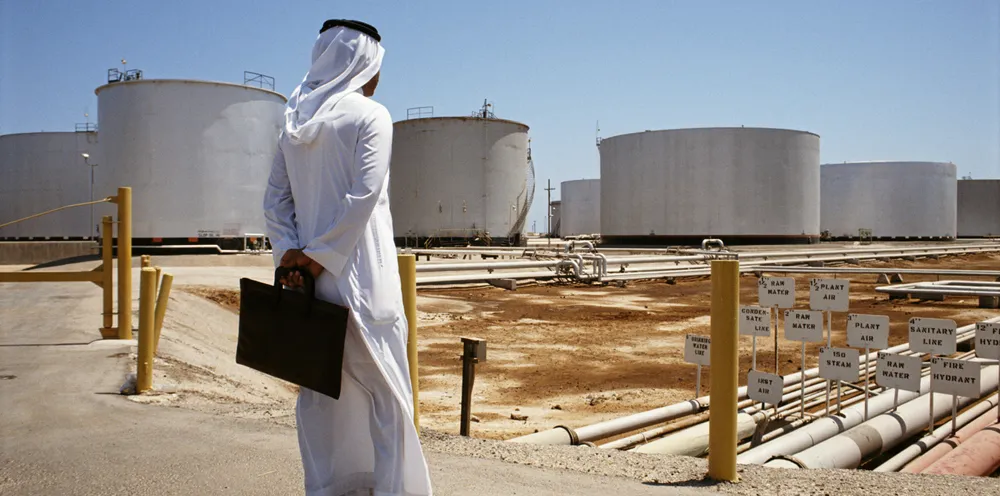'Not the new oil': Petrostates could lead world in green hydrogen but won't dominate: Irena
Oil & gas exporters could become major players in renewable H2, but that would not compensate for lost fossil-fuel revenues or reduced geopolitical influence, according to a new study by the International Renewable Energy Agency
